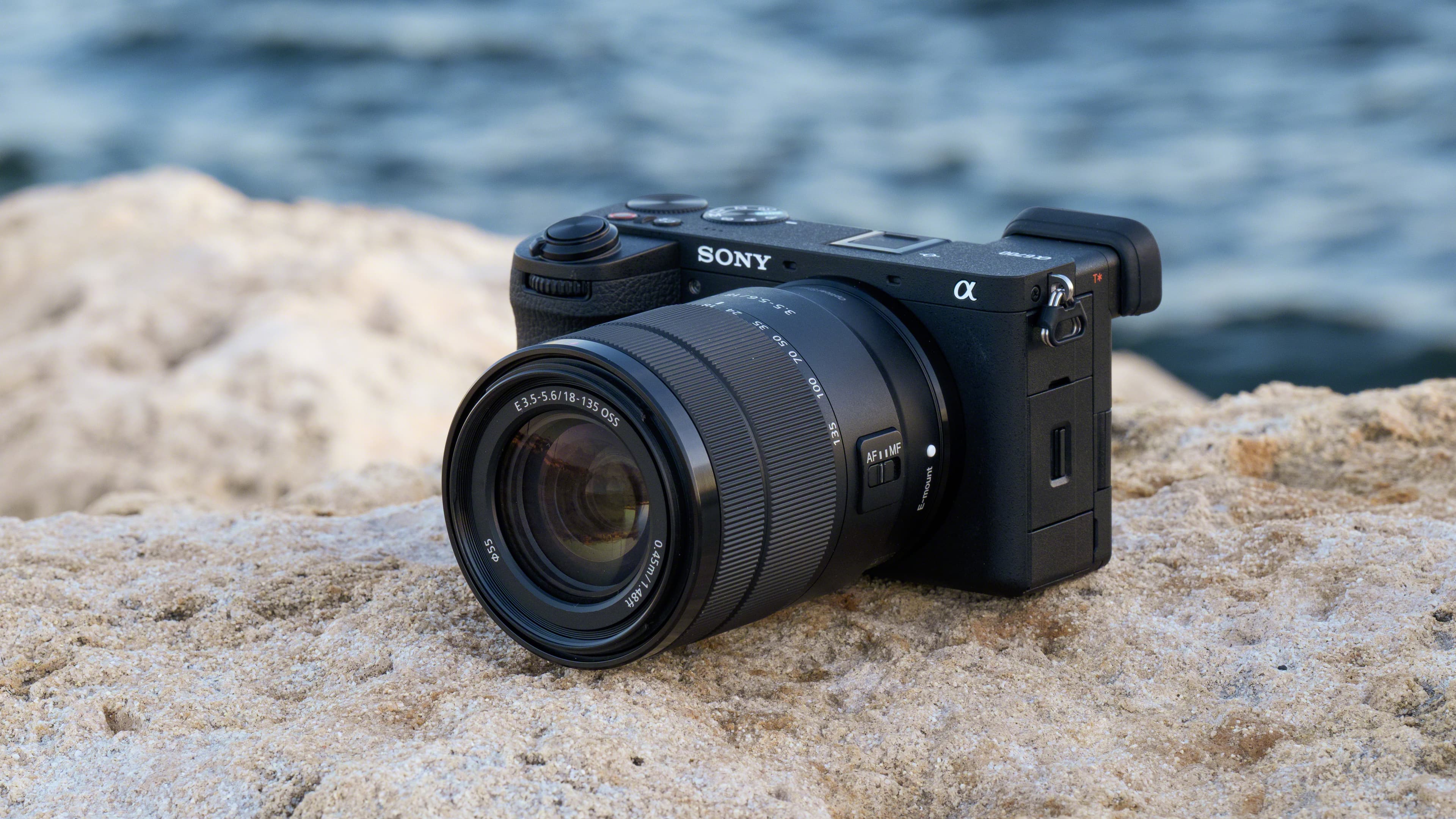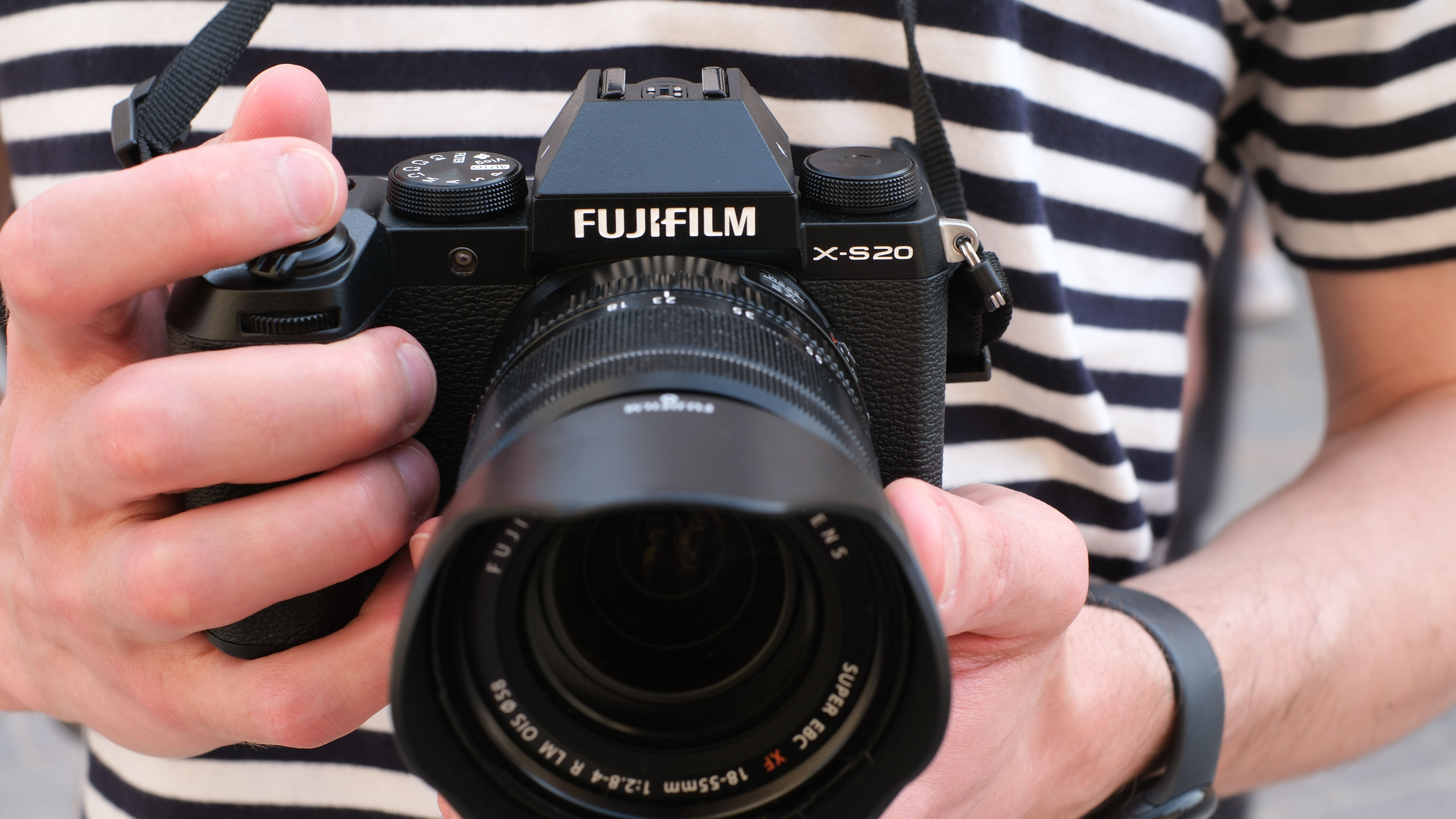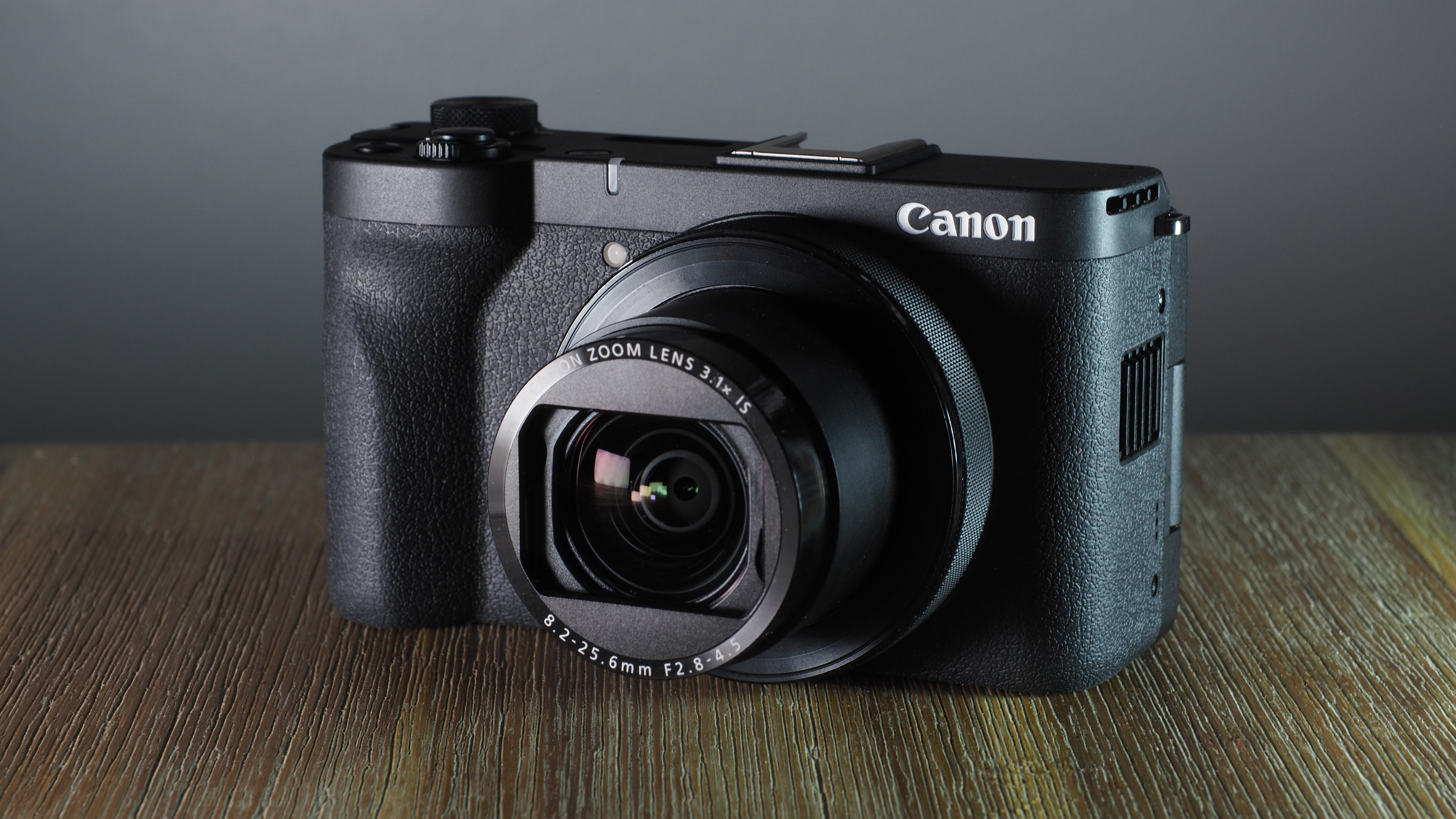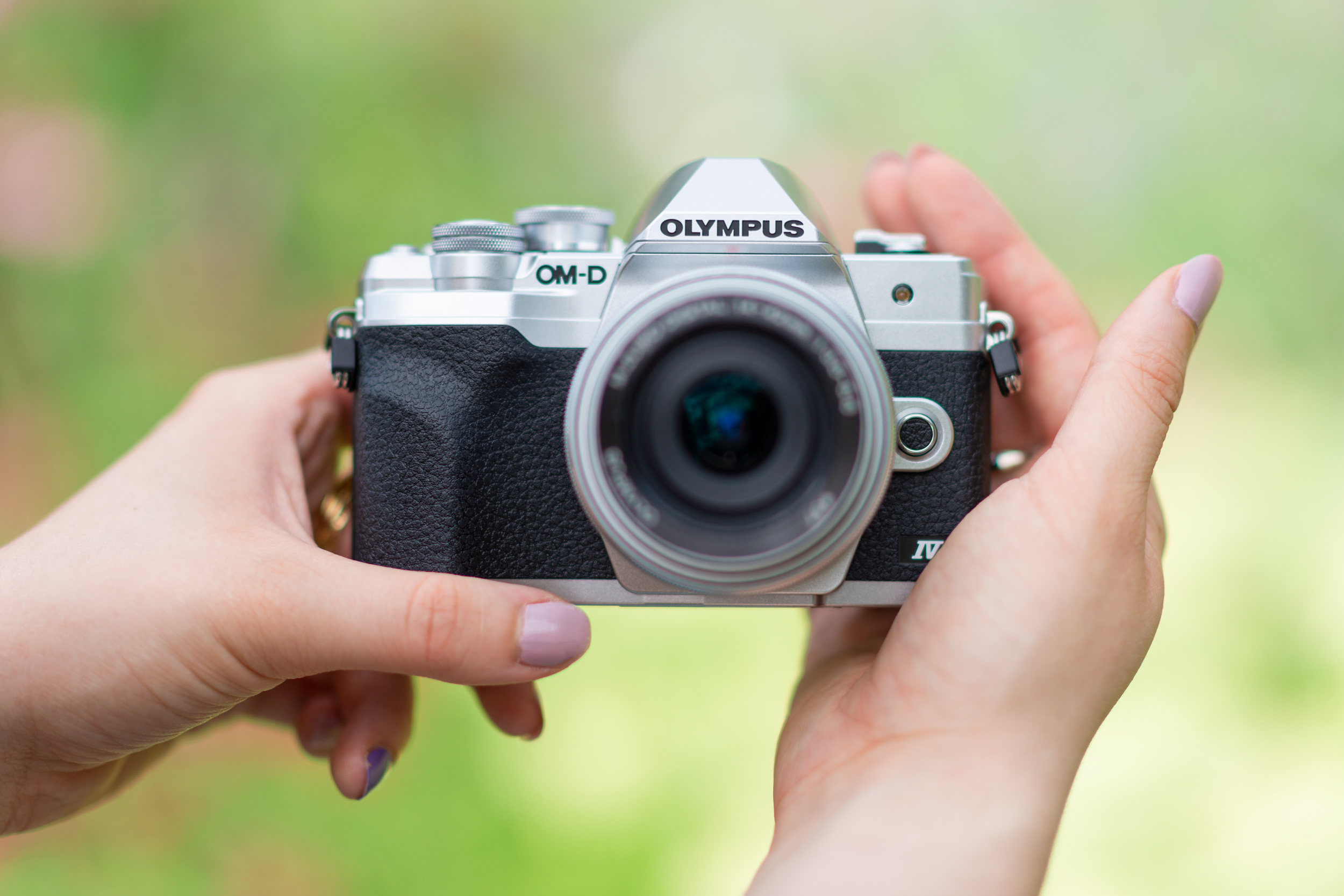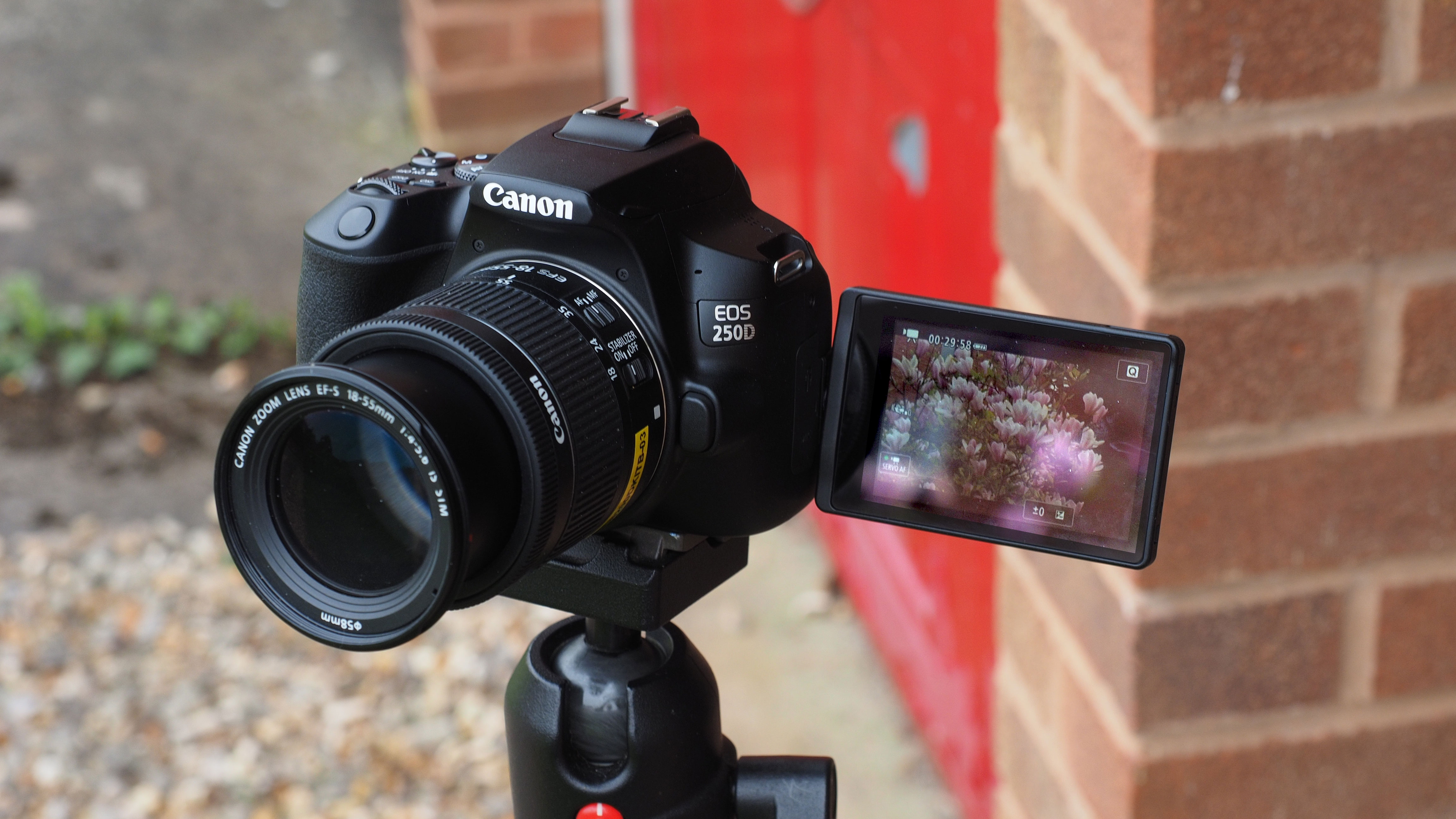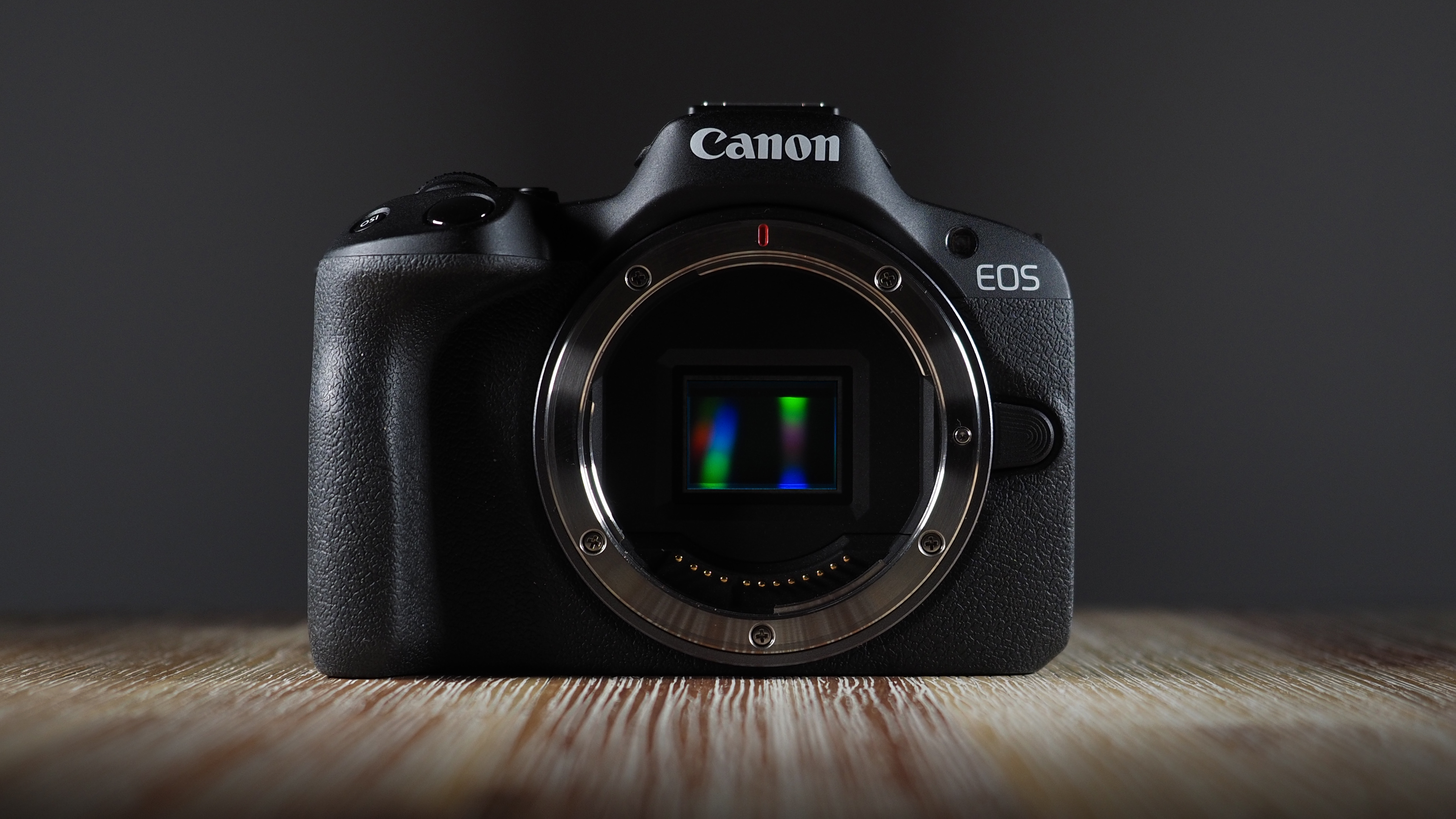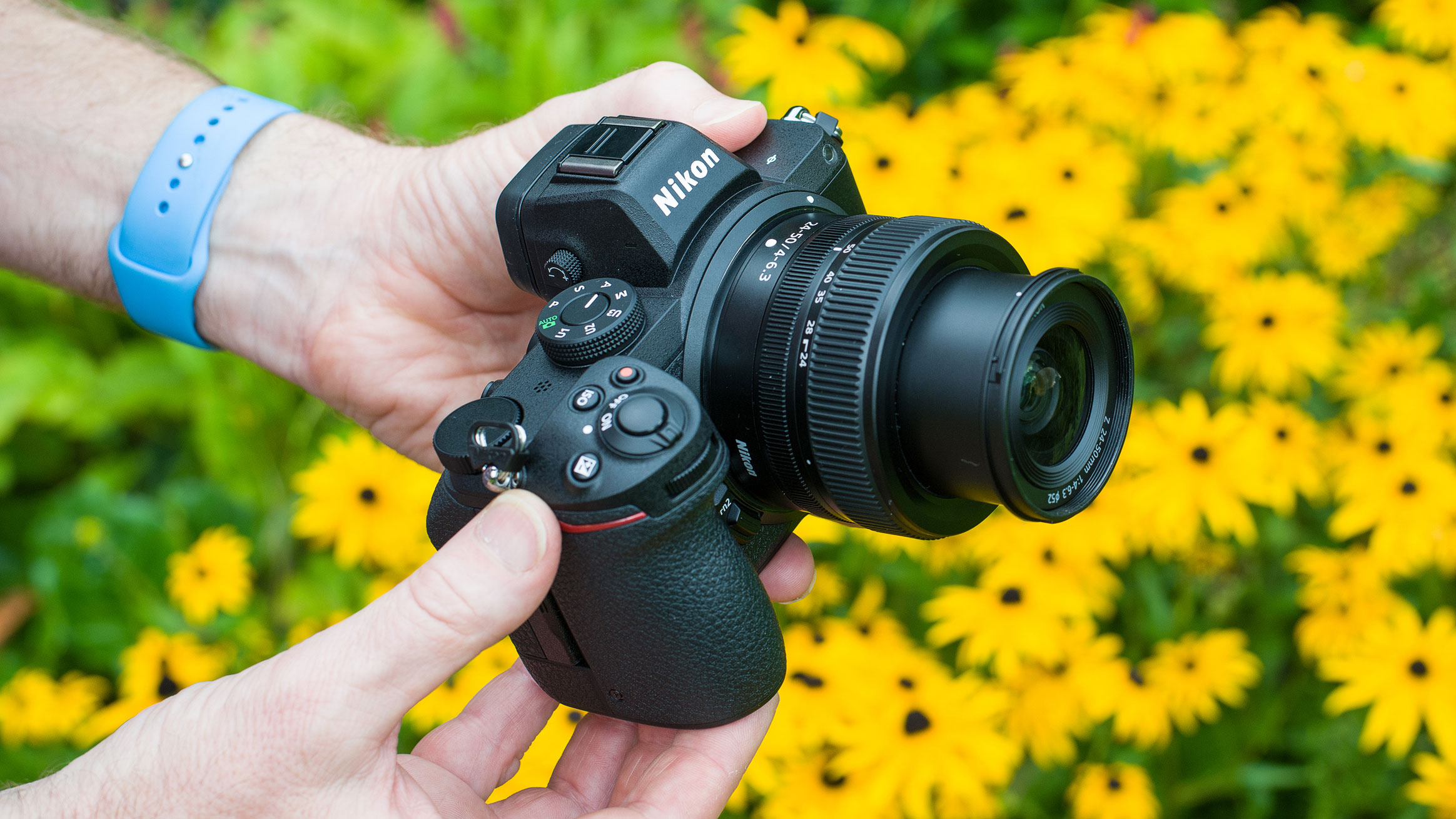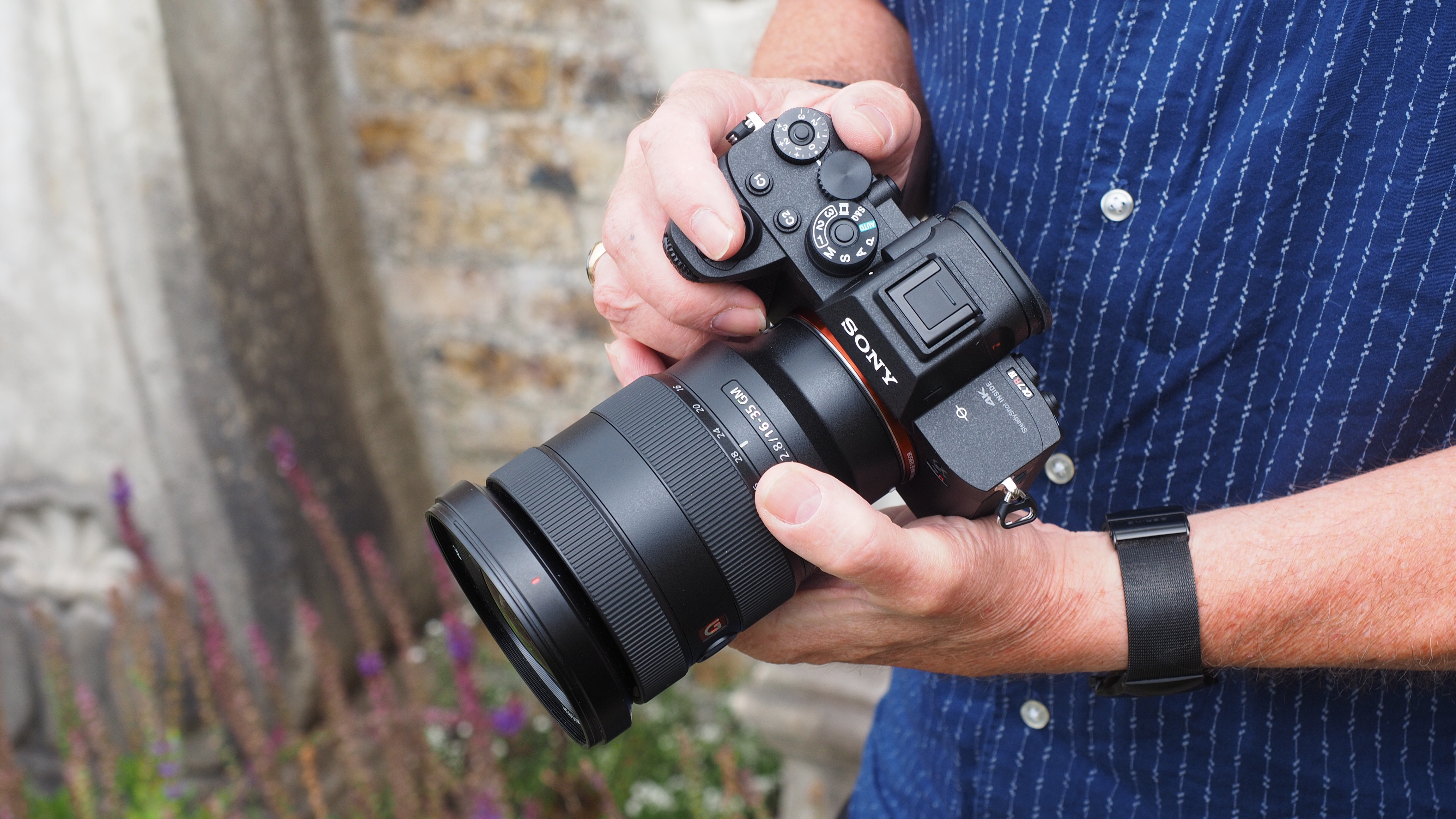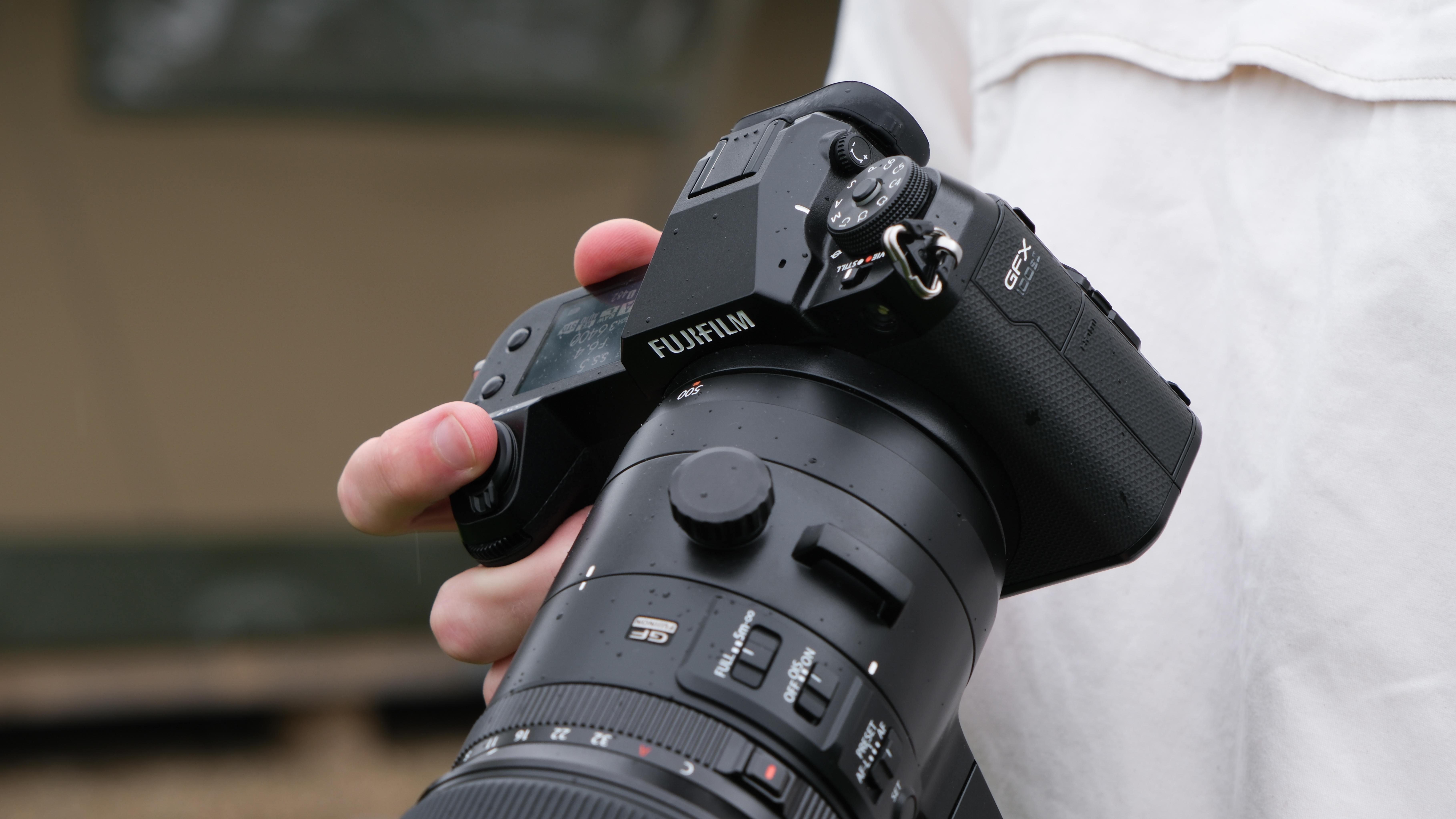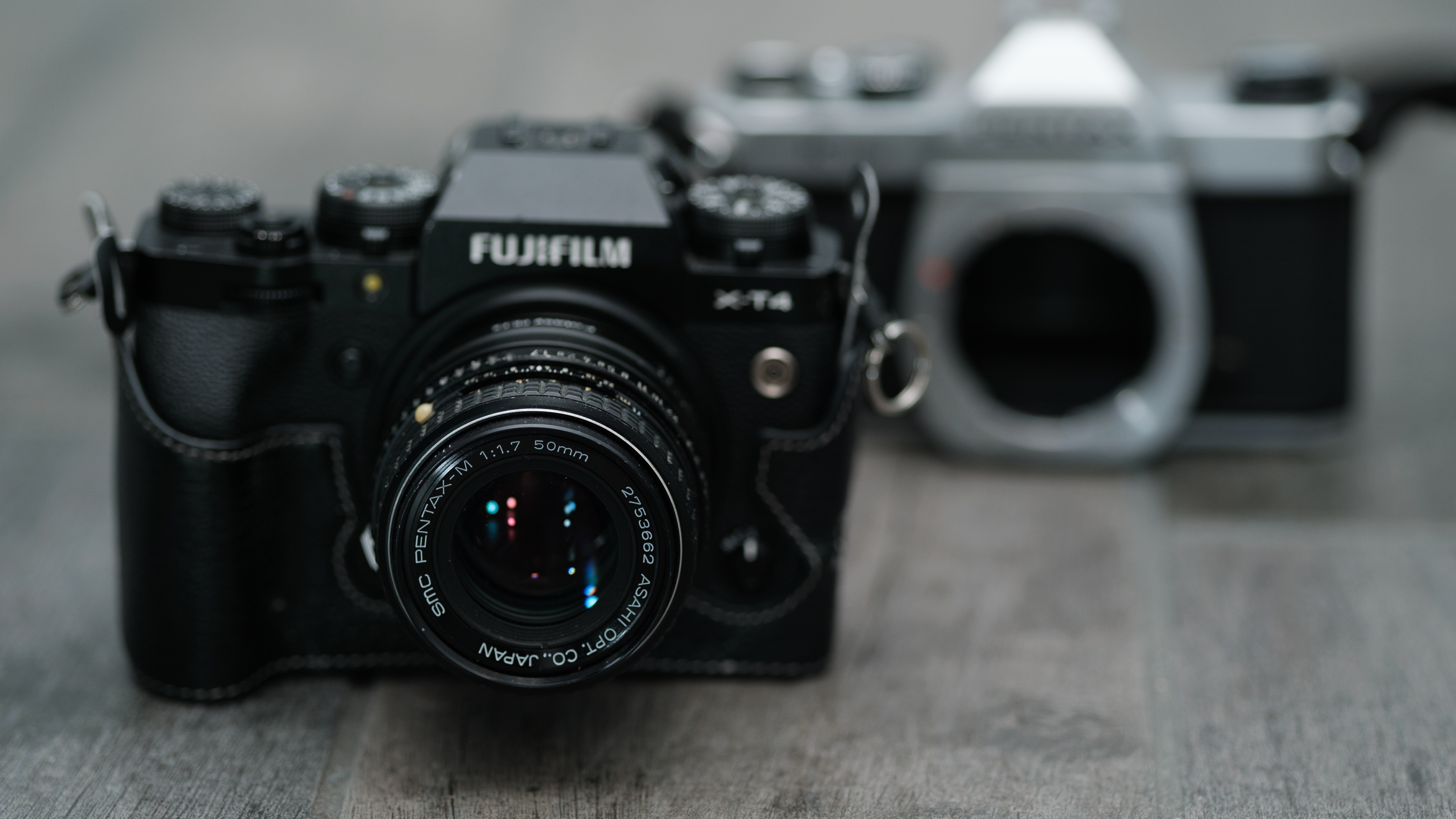The best camera for product photography in 2025
At home or in the studio, the best camera for product photography will help you to market the things you have to sell
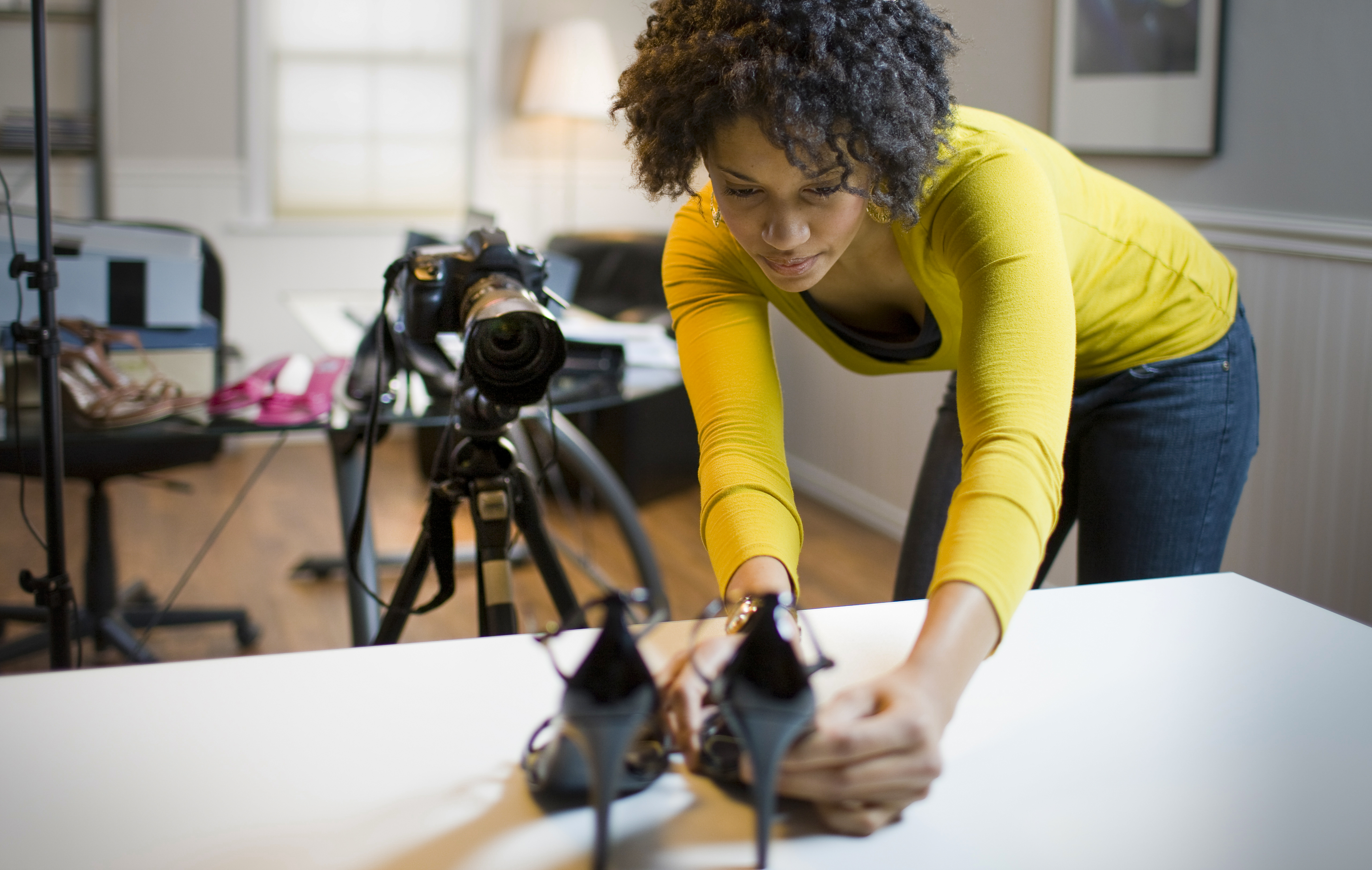
The best camera for product photography will make a real difference to your product images, and provide a real step-up in quality over your smartphone – trust me! Sure, lighting is a big part of product photography. But having the right camera will do so much for the quality and consistency of your shots, and is one of the most essential steps to take to make your product photos look and feel professional.
I have good new though – it doesn't need to cost a fortune. You don't need an expensive full-frame setup or the latest high-spec camera tech, and to prove it, I've populated this list options of different types, and at different price points, including compact cameras with fixed lenses as well as mirrorless cameras and DSLRs where you can pick the lenses you use.
All our picks here are cameras that have been reviewed and rated highly by our team – I'm only recommending cameras that DCW's experts have fully vetted. So, without further ado, here are my picks of the best cameras for product photography.

Jon is one of our go-to specialists when it comes to all aspects of photography, from cameras and action cameras to lenses and memory cards, flash diffusers and triggers, batteries and memory cards, selfie sticks and gimbals, and much more besides. Here, he has worked with our review team to select the best cameras for product photography, based on DCW's testing.
The quick list
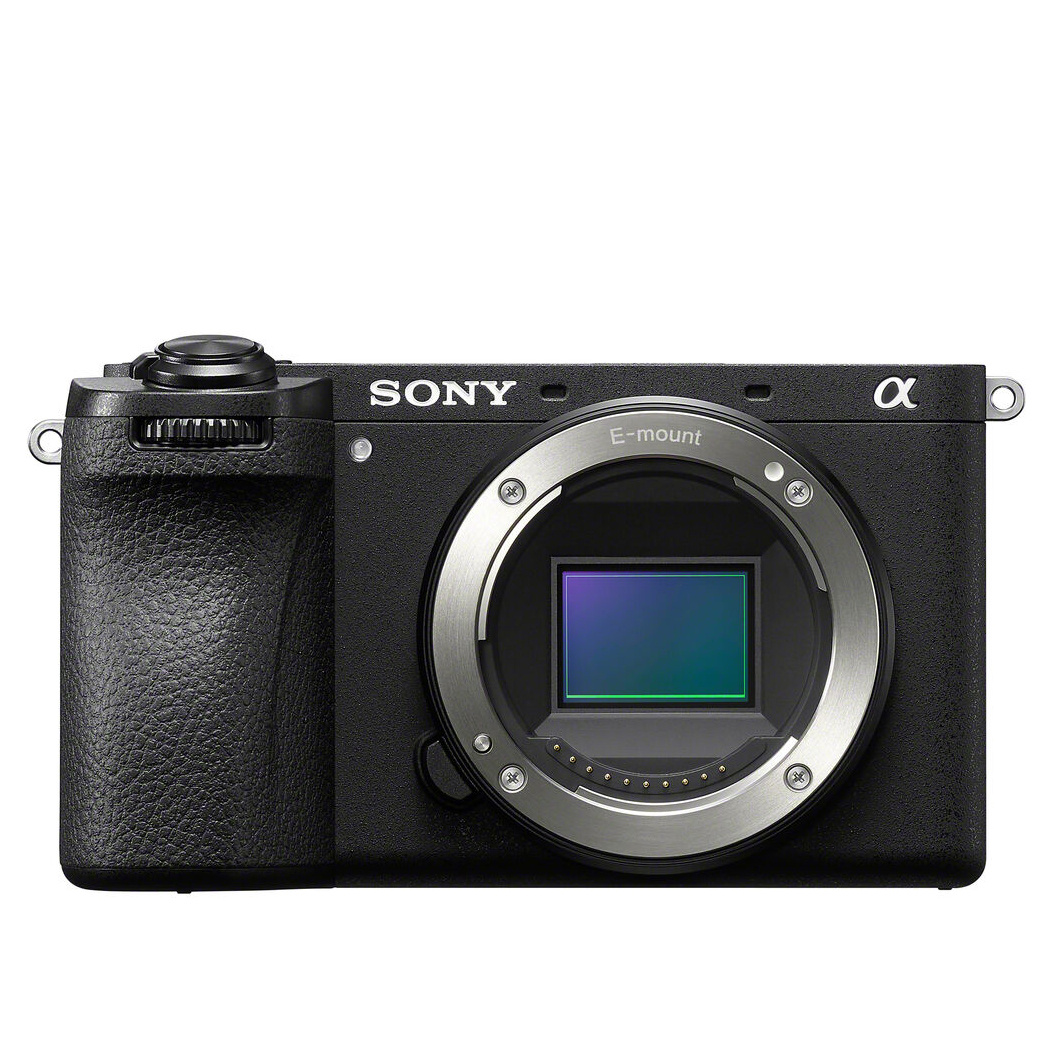
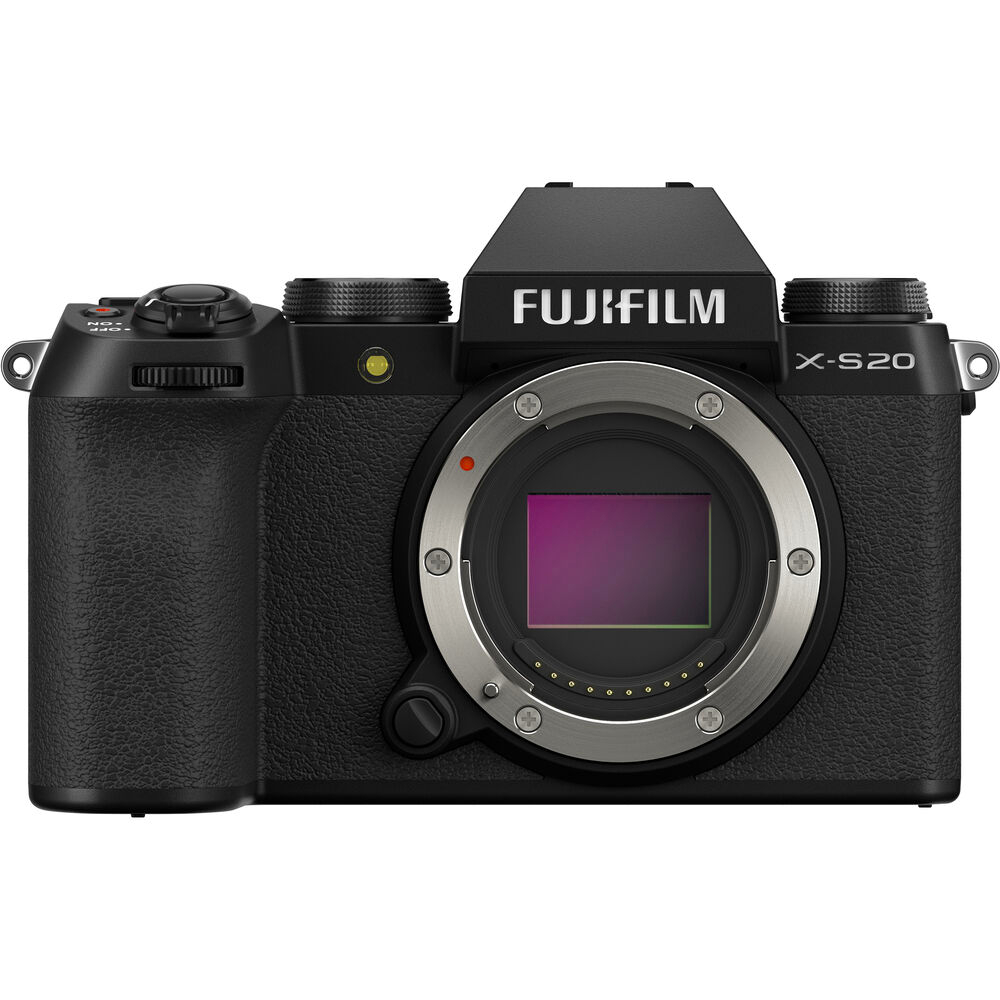
Best photo/video hybrid
The Fujifilm X-S20 is perfect for giving your product shots some flair, with a truly excellent lens range. With dedicated Product Priority vlog mode, it's the ideal hybrid choice for photo/video shooters.
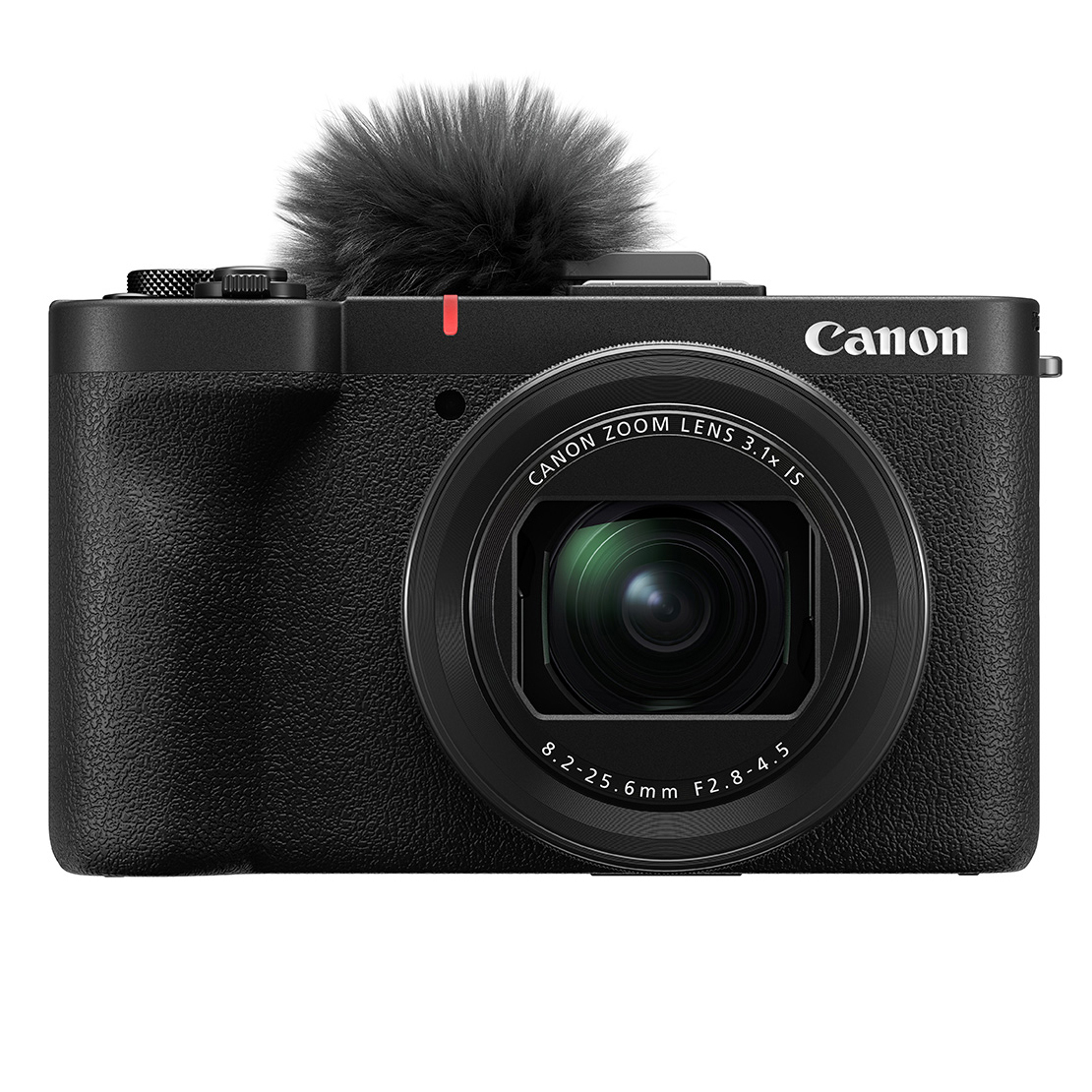
Best all-in-one compact
While it's principally a vlogging camera, the PowerShot V1 and its 1.4-inch sensor are also superb for stills, making it for my money one of the best-value product photography cameras around right now.
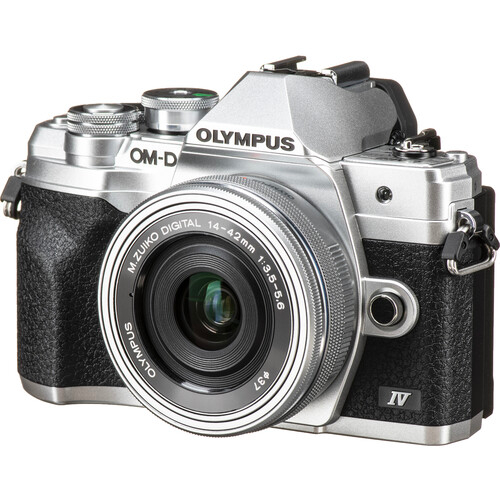
Best beginner mirrorless
Easy to use and affordable, the E-M10 Mark IV is an ideal starter mirrorless camera for the product photography novice. It's got lots of affordable lenses, too.
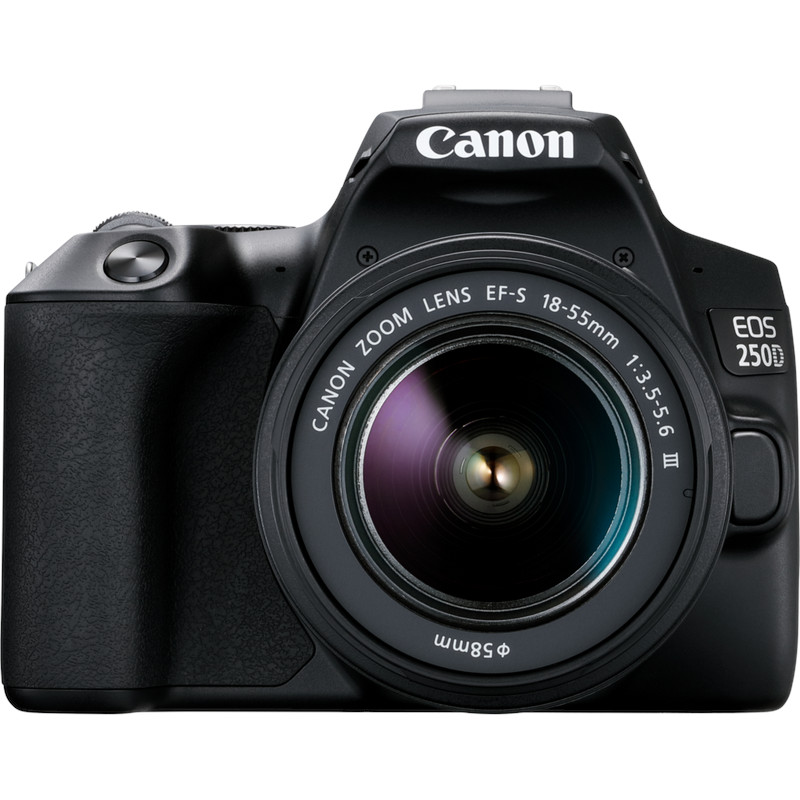
Best beginner DSLR
Also known as the EOS 250D in some territories, Canon's Rebel SL3 produces great imagery and comes equipped with beginner-friendly guide modes.
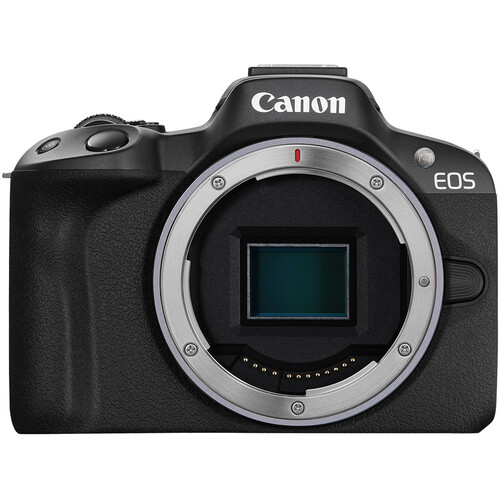
Best Canon mirrorless
If you want to jump on board Canon's mirrorless EOS R system, the EOS R50 is a good bet. It's cheaper than other options, but still produces excellent images.
Load the next products ↴
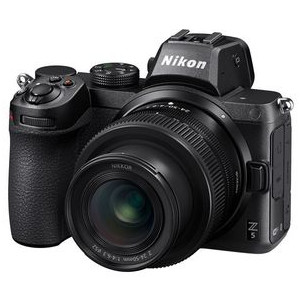
Affordable full-frame
In terms of bang for your buck, the Nikon Z5 is one of the best full-frame cameras – especially for product photography, where its slightly dated AF doesn't matter.
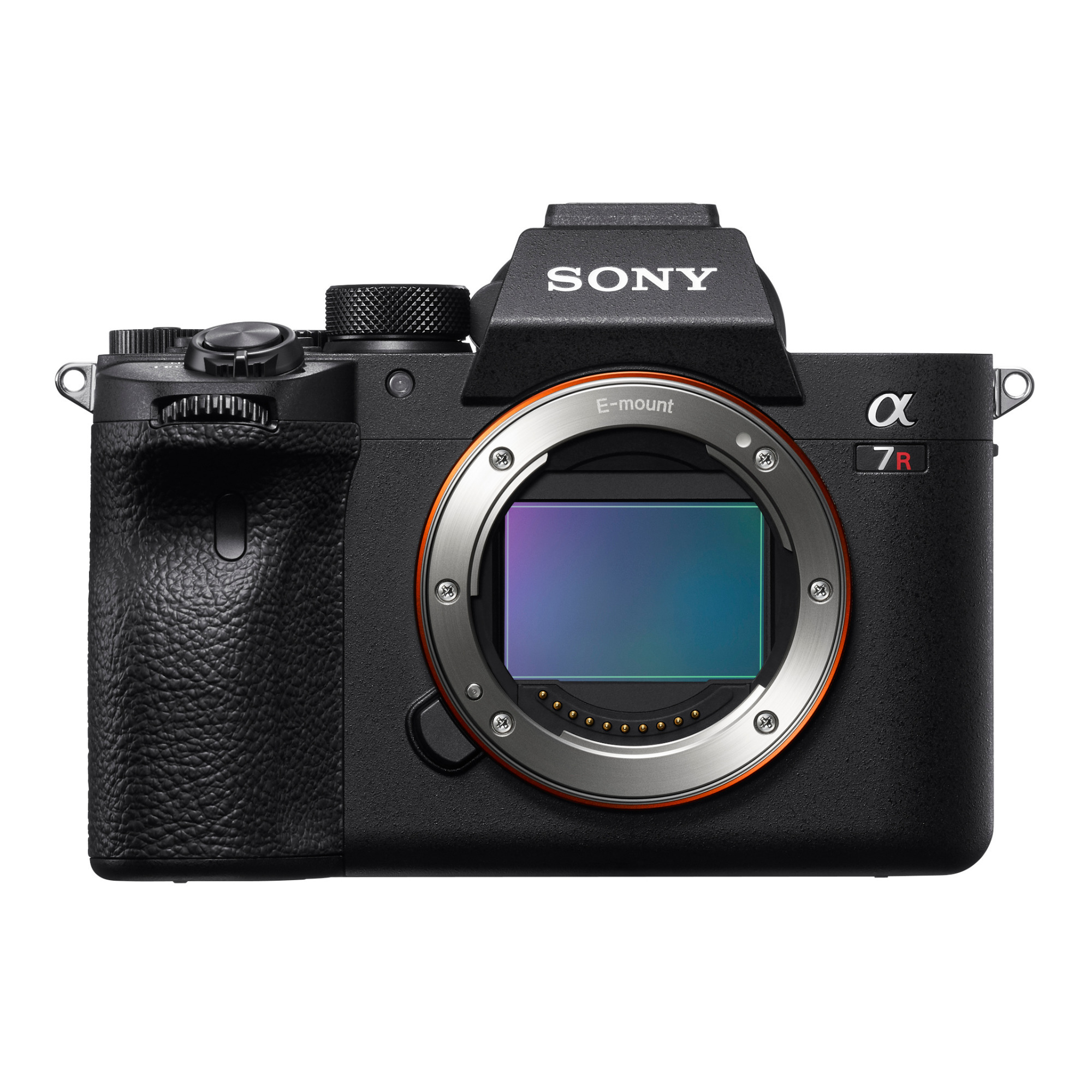
Professional full-frame
With pixels to spare, the Sony A7R IVA is an ideal choice if you're capturing product photographs for large-scale prints and need all the detail you can get.
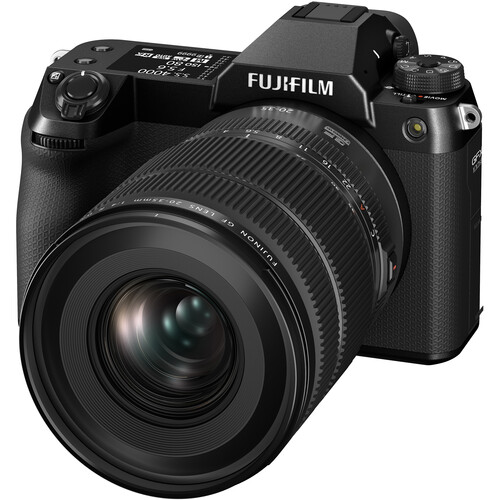
Best medium format
Medium format photography offers the ultimate in detail and image quality. The Fujifilm GFX 100S II, while still expensive, is on the affordable end of the scale.
Best camera for product photography
Why you can trust Digital Camera World
Best overall
Specifications
Reasons to buy
Reasons to avoid
A good product photography camera ideally should do a bit of everything, and do it well. As such, I’d recommend a capable all-rounder like the Sony A6700, which hugely impressed our reviewer with its rangefinder-style design and APS-C image quality. It’s a little more expensive than the competition, but it essentially delivers professional features in a compact package for a mid-range price. If you want your product photography to look professional, I would wholeheartedlyrecommend the Sony A6700.
The A6700 offers 26MP of resolution – more than ample for product photography on the web and all but the largest prints. It produces colors that are accurate while also being punchy and accurate, and our reviewer also appreciated how consistent images of the same subject looked from shot to shot, even when lighting conditions were changeable. This is great for product photography, where you want as much consistency as possible – especially if you’re just starting out and haven’t built your own lighting setup yet.
Also, if this camera is a little too expensive for you, Sony keeps a lot of its A6X00 line in production, meaning there are cheaper alternatives available – see for instance our Sony A6700 vs Sony A6600 comparison piece for a look at one alternative.
See our full Sony A6700 review
Best hybrid
Specifications
Reasons to buy
Reasons to avoid
While I’ve mostly focused on product photography in this guide, video is an increasingly important part of showcasing products online – one that consumers have come to expect. As such, a hybrid camera that will excel at both photo and video capture may be the right choice, and my pick is the Fujifilm X-S20.
Equipped with a 26.1MP APS-C sensor, it's a stylish and capable camera that gives you access to the brilliant X-mount series of lenses, which are perfect for shooting images with a shallow depth of field. Our reviewer was impressed in particular with the level of detail captured by the 26.1MP APS-C sensor, and how easily he was able to crop into images to get more detail.
On the video side, you have a number of dedicated vlogging modes, accessed via the new 'Vlog' setting on the dial. Particularly germane to our purposes here is the Product Priority mode, which is optimised to make products specifically the focus of the frame. Our reviewer felt this to be the camera’s standout feature.
While it's more expensive than the previous X-S10, I’d say the upgrades to the X-S20 make it worth the extra outlay, especially if you're shooting both photos and videos of products.
See our full Fujifilm X-S20 review.
Best compact
Specifications
Reasons to buy
Reasons to avoid
Sure, it’s first and foremost a vlogging camera. However, with a 1.4-inch sensor, the Canon PowerShot V1 stands head-and-shoulders above many rival premium compacts with their 1-inch sensors, and this makes it still one of the best cameras for product photography. And if once again you also want to capture product videos, then frankly it’s a very tough camera to argue with.
Canon released this camera in 2025 with the obvious intent of competing with the similarly specced Sony ZV vlogging cameras – and frankly I think it’s significantly better than any of them. Again, that larger sensor just gives you a real edge when it comes to image quality and dynamic range, and the built-in fan means you can keep on shooting 4K video for extended periods – perfect if you’re trying to nail down a tricky product vlog or demo video. When James took it outside for our review, he was shooting in blazing sunshine, and was still unable to get the thing to overheat!
The Canon PowerShot V1 is a dynamic and capable product shooter across both video and stills. It’ll absolutely blow your smartphone away, even if you’ve got a recent flagship phone (which would actually in many cases be more expensive). The fact that it’s a vlogging camera does mean some compromises which may not be to your taste, such as the lack of a viewfinder, but otherwise, it’s a slam-dunk for product shoots in my opinion.
Read our full Canon PowerShot V1 review
Best beginner mirrorless
Specifications
Reasons to buy
Reasons to avoid
If you’re new to photography and want to shoot products, a camera that’s well-oriented to beginners is the Olympus OM-D E-M10 Mark IV. Nippy and lightweight, with intuitive, dial-based controls, it’s a top-notch camera for getting to grips with the basics of photography. I’m a particular fan of the guided functions
We’ve included a couple more beginner models further down the list, but the E-M10 IV is our pick for beginner mirrorless models. Its sensor-shift stabilization system makes shooting hand-held easier in all lighting conditions, and having access to the huge stable of Micro Four Thirds lenses gives you real flexibility when it comes to your setup. It’s also highly capable video-wise, shooting great 4K – and the lack of a mic slot, which our review dinged it slightly for, isn’t a problem for products.
See our full Olympus OM-D E-M10 Mark IV review.
Best beginner DSLR
Specifications
Reasons to buy
Reasons to avoid
I think there are a lot of reasons to choose a DSLR for product photography, but the two big ones are affordability and lens selection. There are just so many more affordable lenses for DSLRs than for mirrorless, particularly when you look second-hand, and a camera like the Canon EOS Rebel SL3 can give you much more bang for your buck if you don't need the latest features.
While the Canon EOS Rebel SL3 (also sold as the EOS 250D depending where you are) is still replete with beginner-friendly modes, it caters to a slightly more advanced user than the likes of the now-discontinued Nikon D3500. Its vari-angle touchscreen was highlighted in our review as it allows for much easier variation in shooting angle, and its battery life is hugely impressive. Wi-Fi is present and correct as well, making for super-speedy image transfers, and the EF lens library is one of the biggest in the business.
While Canon does make cheaper DSLRs, the Rebel T7 (EOS 2000D) and Rebel T100 (EOS 4000D) are too stripped-down for my liking, making this the cheapest Canon DSLR that I'd actually recommend buying. It’ll allow you to produce excellent product images with ease.
See our Canon Rebel SL3 / EOS 250D review
Best Canon mirrorless
Specifications
Reasons to buy
Reasons to avoid
For a long time I had the popular EOS M50 Mark II on this list, but with Canon clearly calling time on the EOS M series, I've switched up to the Canon EOS R50. It is a solid and inexpensive all-rounder that is well-suited for product photography, delivering excellent image quality from its APS-C sensor. The EOS R50 scored well in our review, with James heaping praise on its guided-UI that helps new shooters get their heads around the basics. It's an ideal stepping stone into EOS R, which is a powerful and capable mirrorless system that's filling out with some brilliant cameras and lenses.
The light build of the EOS R50 is a boon in some respects, though it does mean it balances a little awkwardly with some lenses. This is less of an issue in the studio shooting products than it would be for street or wildlife photography, but it's worth mentioning. Otherwise, this is a camera that has hugely impressed us, and for the price it offers great valiue for the product photographer.
Read our Canon EOS R50 review.
Affordable full-frame
Specifications
Reasons to buy
Reasons to avoid
If you want to use a full-frame camera for product photography, the Nikon Z5 is a great option. It's much more affordable than many of its rivals from the likes of Canon and Sony, and while it lags behind a little in terms of features like autofocus speed (it's a few years old now), for shooting still products, this doesn't matter too much. What matters is the image quality and the lens selection, and both are excellent here.
The Nikon Z-mount range of lenses has been expanding nicely, with plenty of great macros and short telephotos that are excellent for product shooting (see our Nikon Z lens guide for some suggestions). The 24-50mm kit lens that is often bundled with this camera is a little lacklustre – I'd say skip it, get the camera body-only and look for a good close-up lens either new or second hand.
One thing to note is that a sequel to this camera has since arrived – the Nikon Z5 II. However, the improvements to that camera are mostly about speed, and so for products I think you're better off sticking with the cheaper Z5, especially since prices have come down.
Read our full Nikon Z5 review.
Best pro full-frame
Specifications
Reasons to buy
Reasons to avoid
If you’re looking for a professional-grade camera for product photography, the Sony A7R IVA is one of the best you can get. Not only does it have a 61MP sensor boasting one of the highest resolutions around, but it also has Pixel Shift Multi Shooting, which can combine multiple images to create images up to 240MP in size.
When you’re shooting products – a.k.a. things that don’t move – you’re free to take full advantage of such modes! This also means that the handling niggles of the A7 series – their slightly boxy construction and balancing issues with big lenses, which we regularly have noted in our reviews – aren’t such an issue, as you likely aren’t trekking outdoors with them when shooting products.
(Note that the Sony A7R IVA is a refreshed version of the A7R IV, all but identical except for a higher-resolution rear screen).
There is a newer Sony A7R V available – but that costs more without increasing resolution. The A7R IV is one of the best high-resolution cameras you can get for product photography – to get more pixels and image detail than this, you have to venture into the world of medium format. Speaking of which...
See our full Sony A7R IV review
Best medium format
Specifications
Reasons to buy
Reasons to avoid
Many professional product photographers use large-sensor medium format cameras for the sheer resolution and quality they offer. The main disadvantage of medium format (other than the cost) is that the systems tend to be big, bulky and heavy – however, this isn't a problem when you're shooting in the studio. If you're looking to jump into a medium format system for product photography, I'd recommend Fujifilm's fantastic GFX system, and specifically the GFX 100S II.
While it may look pricey, in medium-format terms the GFX 100S II is actually on the affordable end. Producing spectacular 102MP images, the GFX 100S II can also use a new low ISO setting of 80, allowing you to get as much clarity and quality in your shots as possible. As you might expect, the images our reviewer achieved with the GFX 100S II were simply dazzling – full of colour and detail. If you think your product photography might need to be printed big, this camera is an outstanding bet.
We also found that stabilization and autofocus have been improved compared to the original GFX 100S, and as time has gone on, the superb GF lens range has expanded. The only real sticking point in our review was the middling battery life – and again, this will be much less of a problem in a product photography studio than it was for us out in the field.
See our full Fujifilm GFX 100S II review
How to choose a camera for product photography
For product photography, getting the exact right type of camera isn't as important as it is in other disciplines. As you're effectively shooting still-life, likely in a fairly well-controlled environment, there are quite a few camera comparison features you don’t really have to worry about – autofocus speed, for instance, isn’t much of a concern when your subjects don’t move. Nor is burst speed, and stabilisation is less essential when you can easily pop up a tripod.
You need a camera that captures images at a decent resolution – 24MP is fine, though you'll want more if you're photographing for print. Ideally, you also want to be able to shoot with a shallow depth of field – this means having the main subject of an image sharply in focus, and the background artfully blurred. This is more to do with the lens than the camera; you want a long-ish lens with a wide maximum aperture. So if you're choosing a system camera (mirrorless or DSLR), it's a good idea to have a look at the lens selection before committing.
How we test cameras
When we test cameras – as we have tested every model on this list – we put them through a series of benchmarks in carefully controlled lab conditions. We measure resolution, dynamic range, and signal-to-noise ratio. Resolution is measured using ISO resolution charts, dynamic range is measured using DxO Analyzer test equipment and DxO Analyzer is also used for noise analysis across the camera's ISO range.
However, this is only half the story, as we also look at how cameras perform in the real world for tasks like product photography. Our reviewers take cameras out into different shooting situations and put them through their paces with a range of subjects. This helps give us a complete picture of how a camera performs, and how suitable it is for specific applications like product photography. See more about how we test and review at Digital Camera World.
FAQs
What type of lens is best for product photography?
A longer lens is best for product photography, ideally in a focal range of between 50mm and 200mm. This will allow you to get nice and close for detail shots, and also make it easier to throw out the background for attractive, shallow depth-of-field images. Many manufacturers offer macro lenses in the 100-120mm range with maximum apertures of f/2.8 or so – this is ideal.
However, these lenses can be quite expensive, and you don't need to spend that much to get great shots. A 50mm f/1.8 lens is one of the most affordable configurations of lens around, and you can definitely get great product shots with one of these.
How do I get better at product photography?
If you're just starting out, the key things to think about are: lighting and background. You want a nice, soft, even source of light to clearly illuminate the products you're shooting without causing glare, and you want a neutral, clean background to make sure your images aren't filled with unnecessary distractions (no need to overthink this part; a white wall can work just fine).
The real key thing is lighting. While getting dynamic and interesting shots of products can be done using natural light, you’ll find you have an easier time if you get your own lighting. Our guide to the best LED lights might be of help there.
Read more:
Best camera for low-light photography
Best camera for beginners
Best camera for real estate photography
Best YouTube camera
Today's best prices
The best camera deals, reviews, product advice, and unmissable photography news, direct to your inbox!
Jon spent years at IPC Media writing features, news, reviews and other photography content for publications such as Amateur Photographer and What Digital Camera in both print and digital form. With his additional experience for outlets like Photomonitor, this makes Jon one of our go-to specialists when it comes to all aspects of photography, from cameras and action cameras to lenses and memory cards, flash diffusers and triggers, batteries and memory cards, selfie sticks and gimbals, and much more besides.
An NCTJ-qualified journalist, he has also contributed to Shortlist, The Skinny, ThreeWeeks Edinburgh, The Guardian, Trusted Reviews, CreativeBLOQ, and probably quite a few others I’ve forgotten.
